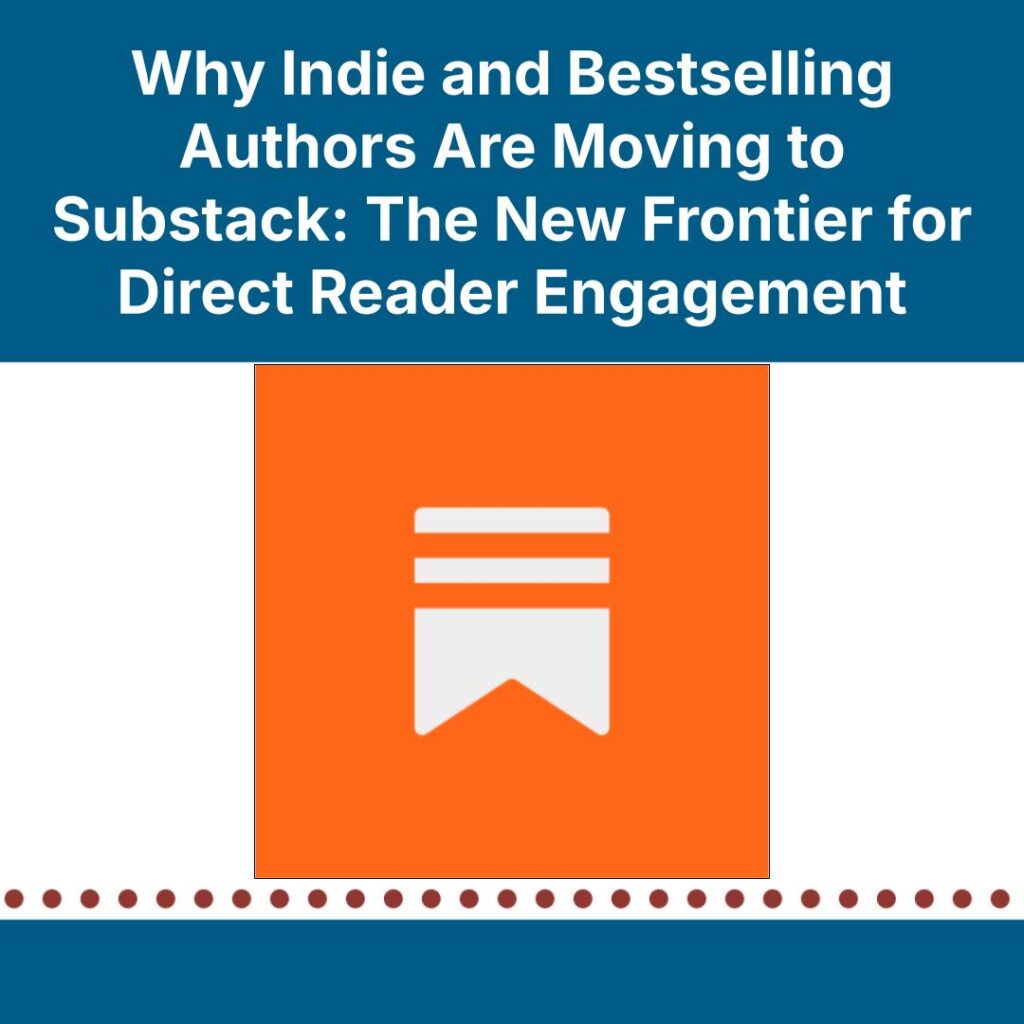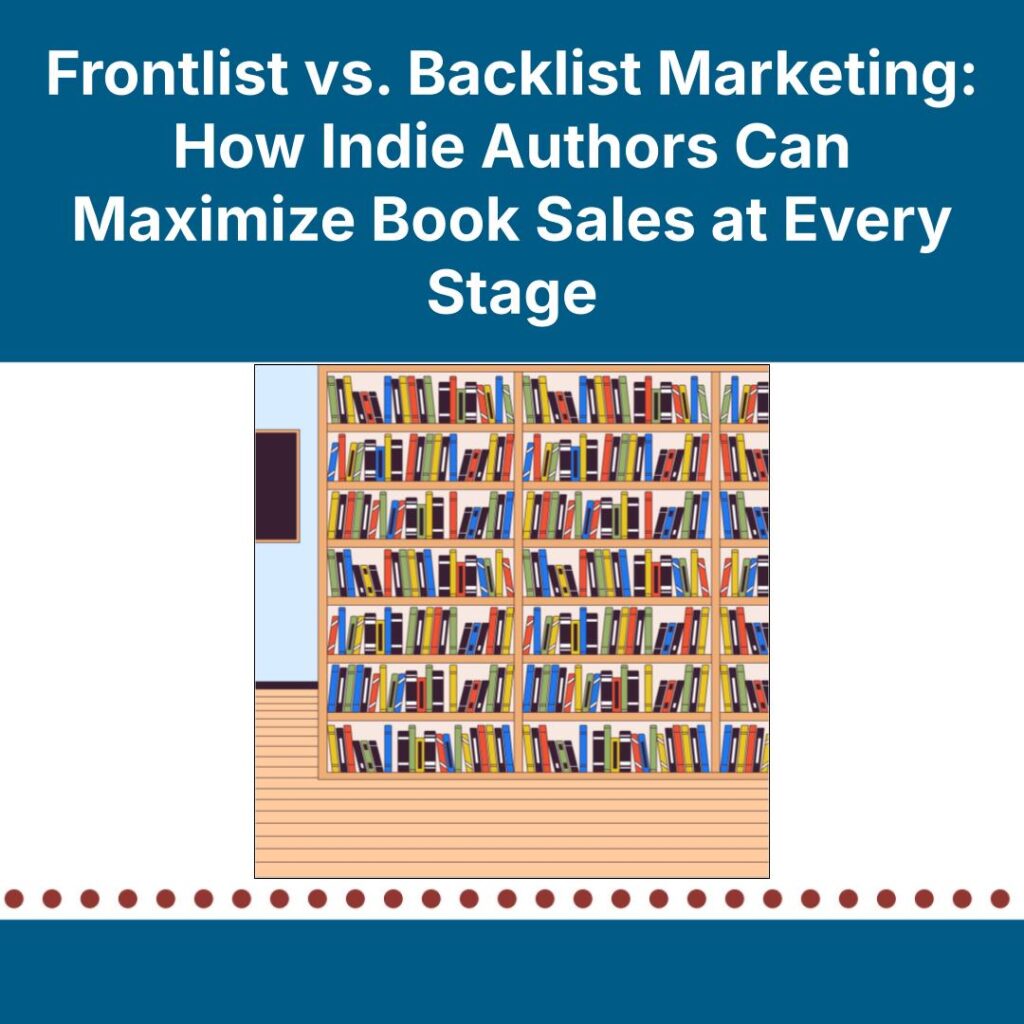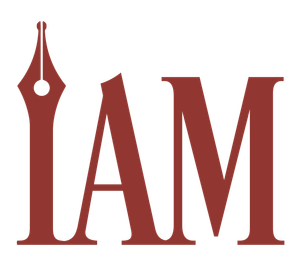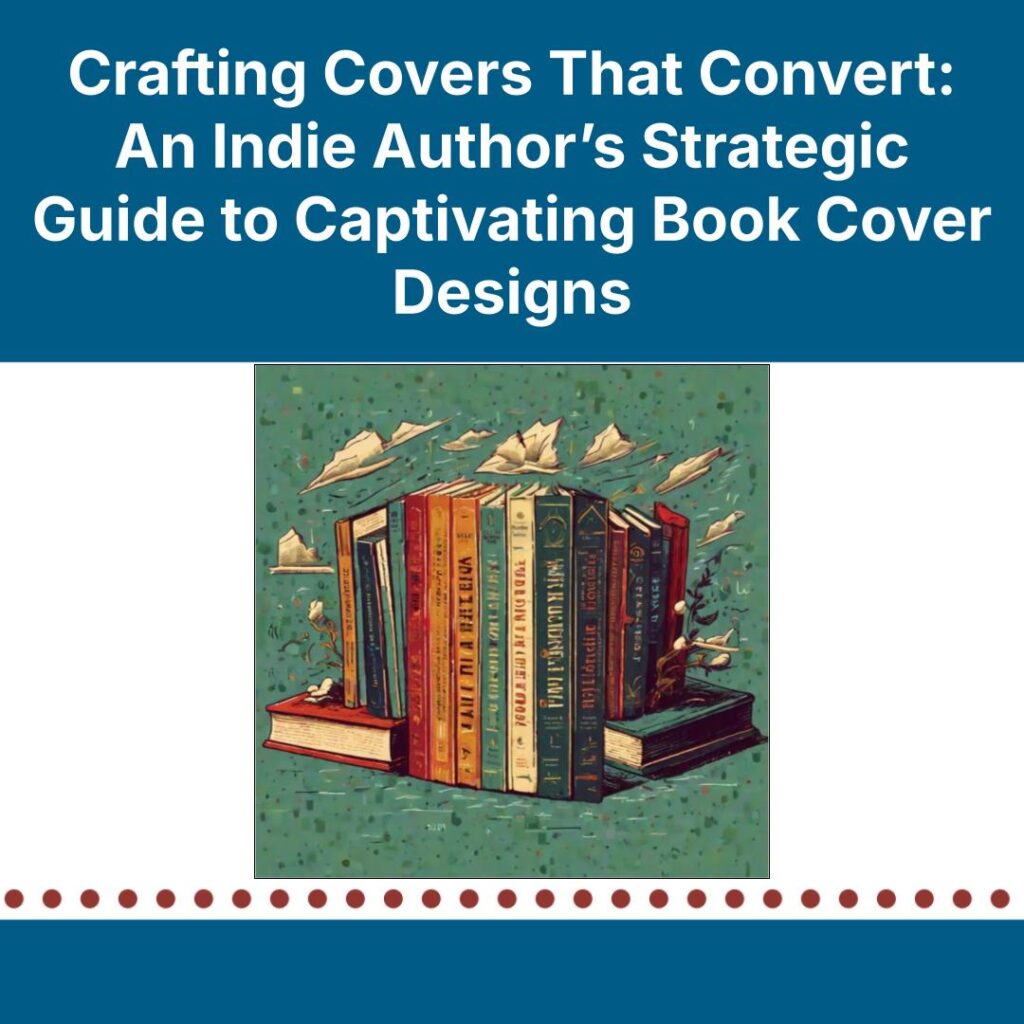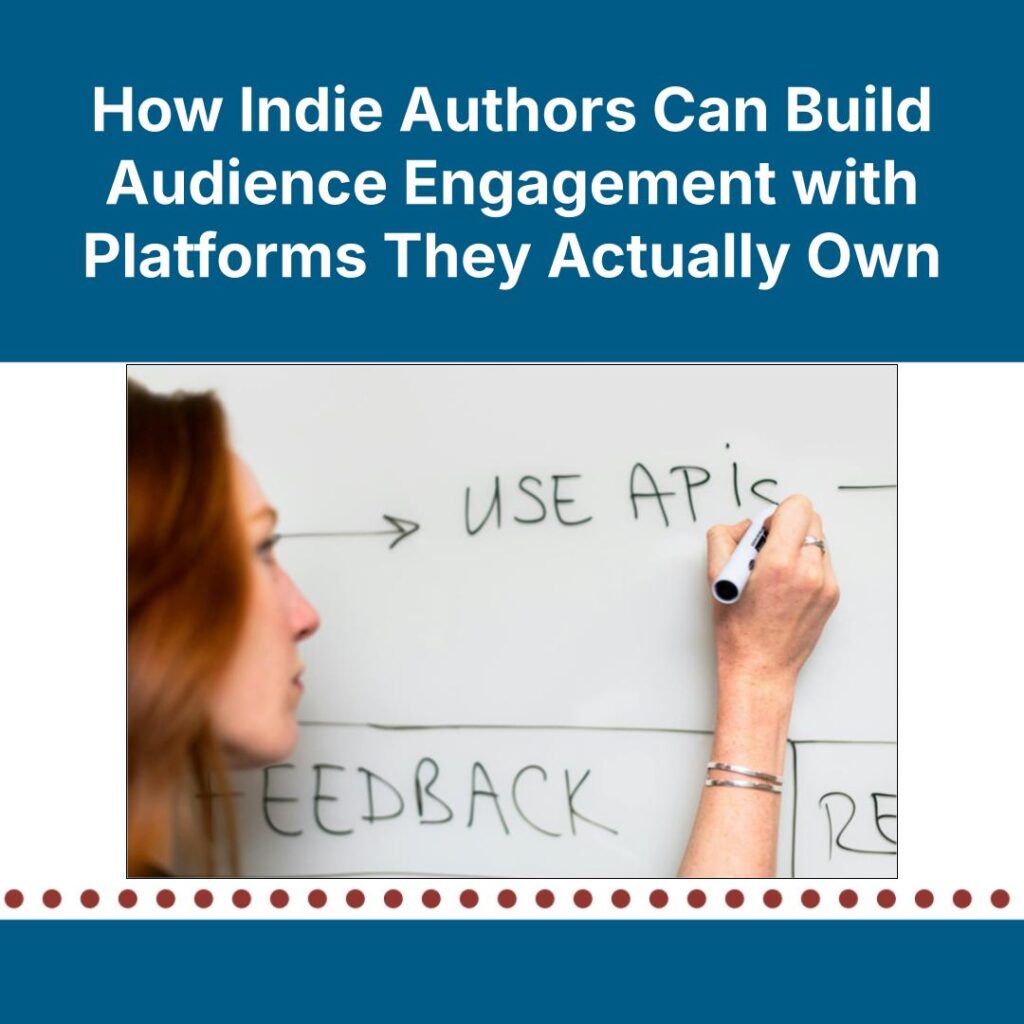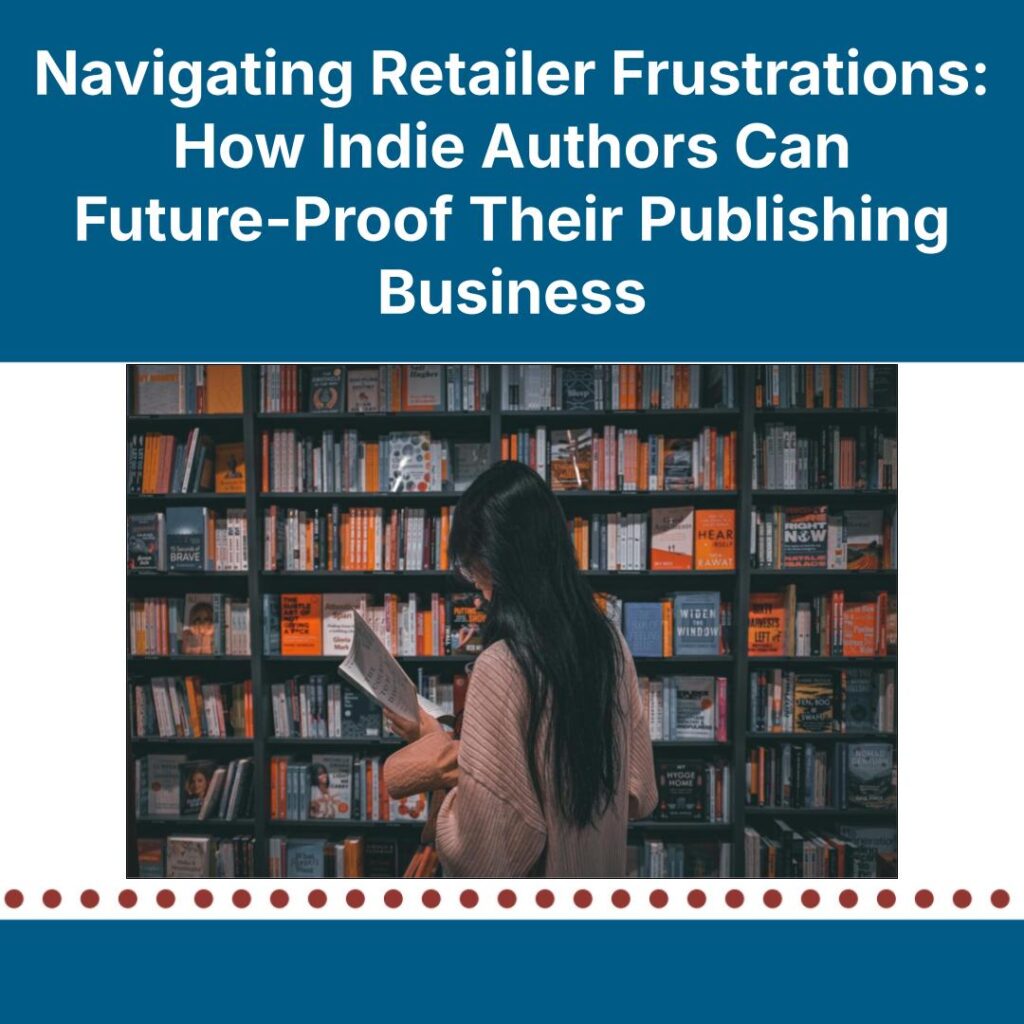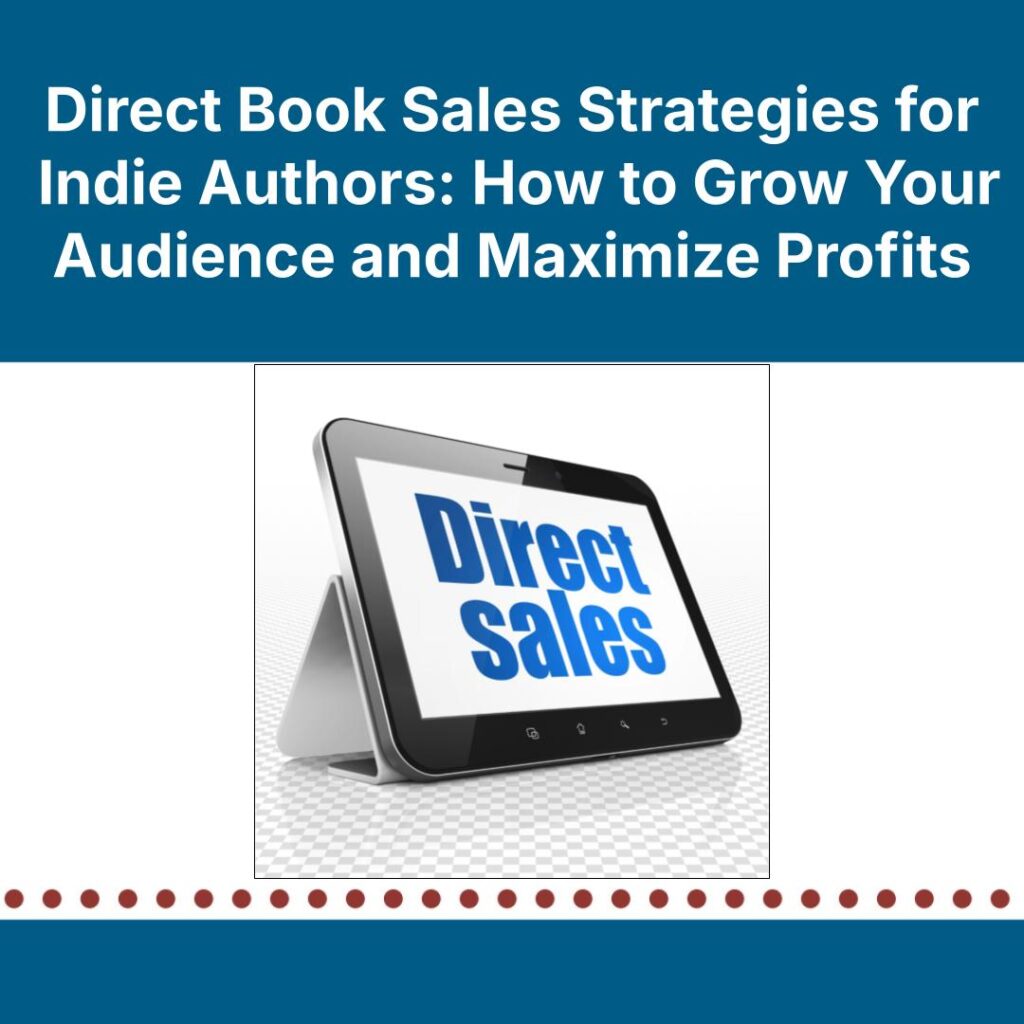Why Authors Are Flocking to Substack
Guest Author J.D. Barker Explores the Shift to the Subscription Platform Being Made by Indie and Traditionally Published Authors Alike
How do we, as authors, build meaningful connections with our readers? Of course, the first bonds we form are through our books—but in the age of the internet, more authors are fostering those relationships between releases as well, letting readers in on the secrets of the writing process and sharing pieces of themselves with readers to go along with the stories they write. For many years, social media has offered a perfect outlet for finding and growing these communities, but as platforms’ algorithms have started to shift in unexpected ways, internationally best-selling author J.D. Barker explores how newsletter subscription platform Substack, and platforms like it, are taking authors and their readers in a new direction.
***
The literary landscape is undergoing a seismic shift as authors of all stripes—from blockbuster bestsellers to indie darlings—migrate to Substack, the newsletter platform once dominated by journalists and political commentators. This digital exodus represents more than just another social media pivot; it's a fundamental rethinking of how writers connect with readers in an age of algorithm-driven publishing.
Joe Hill, the bestselling Horror novelist and son of Stephen King, migrated his longstanding newsletter Escape Hatch to Substack, where it now reaches over twelve thousand subscribers. Others have serialized novels, published back catalog titles, or cultivated new readers with short stories available exclusively on the platform. Substack has more than twenty million active subscribers and over three million paid subscribers, all looking for fresh content—a readership as broad as the writers who fuel it. The platform hosts literary fiction writers like George Saunders alongside genre novelists, debut authors, and even publishing's ultimate commercial titan, James Patterson, who recently joined.
“Substack interested me because I hadn't done a lot of interviews (of other people) and I like the challenge, like doing something new that I might suck at,” Patterson explains. “The interviews gave me the opportunity to spend half an hour to an hour with people who interested the hell out of me: Bob Woodward, James Carville, Stevie Van Zandt, S. A. Cosby, Gillian Flynn. I could go on and on, but then somebody would accuse me of name-dropping.”
For Patterson, who has sold more than 375 million books worldwide, the appeal clearly isn't financial necessity. It's the creative freedom—a sentiment echoed by authors across the publishing spectrum.
Direct Connection in a Disconnected Age
Traditional publishing still operates largely as it has for decades: authors submit manuscripts, wait months or sometimes years for publication, then hope marketing departments champion their work. Between book releases, communication with readers is mediated through social media platforms that increasingly throttle reach unless creators pay to promote posts.
Substack disrupts this model by enabling direct, unfiltered connections. When Chuck Palahniuk shares writing advice or Roxane Gay publishes an essay, it arrives instantly in subscribers' inboxes—no algorithm to please, no corporate parent company to appease.
The Economics of Independence
Although creative freedom drives many authors to the platform, the financial model has proven equally compelling, particularly for writers who already have an established audience.
Established authors can convert even a modest percentage of their existing readership into paying subscribers. With subscription rates typically between $5 and $7 monthly, the math becomes attractive: one thousand paying subscribers generate $60,000 annually, with Substack taking a 10 percent cut plus processing fees.
For midlist authors who've watched advances shrink while publisher profits grow, this direct monetization offers a path to sustainable income that doesn't hinge on hitting bestseller lists.
The model works differently but perhaps even more powerfully for independent authors, who have always needed to be entrepreneurial.
"Every author gets the advice that they need a platform, and particularly an email list," explains indie author Kevin Tumlinson. "What Substack offers is a free tool that lets you have all the key pieces—a website, a blog, a newsletter, even a home for a podcast. But bigger than that, or beyond all that, is the fact that it comes with a bit of built-in discoverability. People find you on Substack, and if they like what they see, they subscribe. The platform gives you greater reach. Add to all of that the ability to monetize the content you create, while owning both that and the mailing list you're building, and Substack becomes the perfect home base for writers.”
That built-in discoverability sets Substack apart from personal websites or email services like Mailchimp. The platform's recommendation algorithms help writers find new readers—a critical advantage in a media landscape where attention is the scarcest resource.
Building Literary Communities
Perhaps most significantly, Substack has transformed the relationship between authors and readers from transactional to communal. Comment sections become vibrant discussion forums. Paid subscribers receive exclusive content or invitations to virtual events. The conversation flows both ways, with readers offering feedback that shapes future work.
The Hybrid Future
Despite this migration, few authors are abandoning traditional engagement entirely. Instead, most are creating a hybrid approach: books through publishers, newsletters direct to readers, or perhaps audiobooks through yet another channel. This diversification provides both creative and financial stability.
Publishers are watching this shift closely. Some have launched their own newsletter initiatives or adjusted contract terms to retain authors tempted by platform independence. But for now, Substack has captured the momentum by offering what writers have always valued most: creative control, direct reader connection, and ownership of their work.
J.D. Barker
J.D. Barker (Jonathan Dylan Barker) is a New York Times and international bestselling American author whose work has been broadly described as suspense thrillers, often incorporating elements of horror, crime, mystery, science fiction, and the supernatural.
